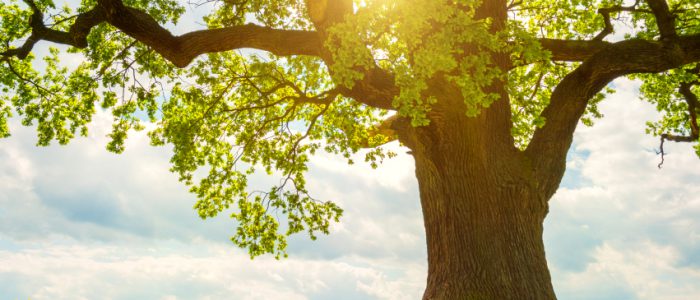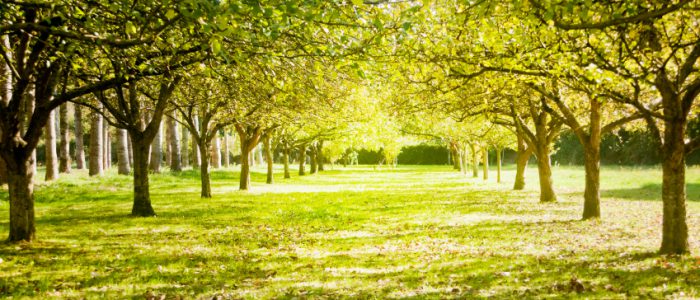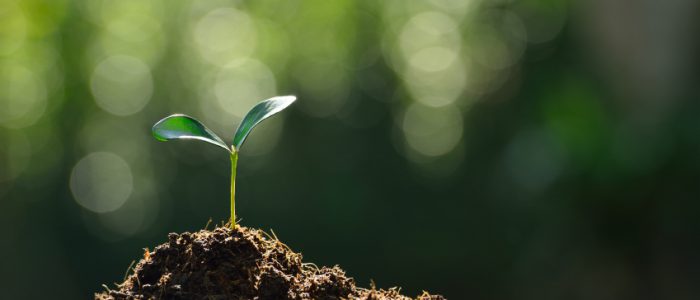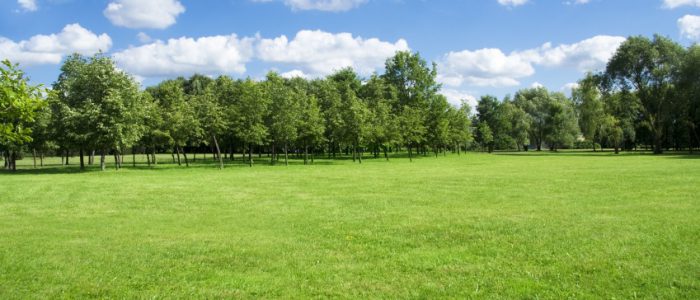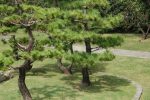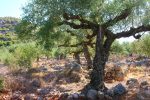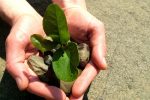Ancient Tree Conservation: Protecting Living Monuments
Ancient trees, living monuments of nature, stand as silent witnesses to centuries of history and ecological change. They are not only magnificent natural phenomena but also vital components of biodiversity and keepers of our planet’s rich heritage. This article explores the multifaceted aspects of ancient tree conservation, from legislation and ecological functions to innovative preservation methods and how you can get involved.
Defining an Ancient Tree
What exactly constitutes an ancient tree? It’s not solely about absolute age, but rather age relative to a species’ typical lifespan. An ancient tree is generally in the final third of its expected life. This lifespan varies significantly – from around 150 years for a birch to over 800 years for a yew, and even longer for some species. For example, an oak tree becomes ancient at around 400 years, while a yew can reach this stage at approximately 800 years.
Recognizing the Signs of Age
Ancient trees often display characteristic features. They may have a smaller crown, but a remarkably wide trunk, often hollow. Signs of aging, such as lost branches and bark fissures, are common. Despite these signs, species like oak and yew can live for hundreds of years, undergoing a slow, gradual decline. These characteristics aren’t just signs of decay; they’re indicators of ecological importance, providing habitats for countless organisms.
Where to Find These Majestic Trees
These trees are often found in historic parklands, ancient wood pastures, ancient hedgerows, and along common boundaries. They tend to grow in ‘open’ environments, where they haven’t faced competition from other trees during their growth. Places like Sherwood Forest are home to a high concentration of ancient oaks, some of which are over 500 years old.
Ecological and Cultural Significance
Ancient trees are ecological hotspots. A single ancient oak can, remarkably, support more biodiversity than a thousand younger oaks. They provide habitats for a wide variety of organisms – fungi, invertebrates, and lichens – many of which are specifically adapted to the unique conditions found in ancient wood and bark.
The Interconnected Web of Life
Fungi play a crucial role in this ecosystem, either by decomposing dead wood or by forming symbiotic relationships with tree roots. Invertebrates, particularly beetles and flies, thrive in decaying wood and on fungal fruiting bodies. Lichens colonize the bark, contributing to the rich tapestry of life. Research also shows that old trees act as ‘biodiversity anchors’ in high-mountain environments, with unique microhabitats for endangered lichens, such as *Letharia vulpina*.
Keystone Structures
Beyond supporting individual species, large, ancient trees act as keystone structures within their ecosystems. Their presence influences the surrounding environment, benefiting numerous other species and contributing to overall ecosystem health.
Living History Books
Ancient trees are also invaluable from a cultural and historical perspective. They offer insights into past land use, potentially indicating areas that were once pastures or royal hunting grounds. Some trees have gained cultural reverence over generations, becoming named and integrated into local narratives. Examples include Newton’s Apple Tree, a symbol of scientific discovery, and the original Irish Yew, the ancestor of all Irish Yews worldwide.
Protection and Conservation Efforts
Despite their immense importance, many ancient trees lack comprehensive legal protection. In the UK, tools like Tree Preservation Orders (TPOs) exist. These TPOs, issued by local authorities, can be swiftly implemented when a tree is identified as being under threat, provided it’s deemed worthy of protection. TPOs require written permission from the council before actions that could impact the tree are undertaken, and violations can lead to prosecution.
The Limitations of TPOs
It’s important to remember that TPOs have limitations. Their implementation is discretionary, and they are often applied reactively, in response to an immediate threat, rather than proactively to ensure long-term protection. Additionally, applications to remove trees with TPOs can be approved for various reasons.
Additional Layers of Protection
Other protective mechanisms include site designations such as Sites of Special Scientific Interest (SSSIs) and National Nature Reserves (NNRs). Planning restrictions and wildlife legislation can also play a role. Felling licenses, administered by the Forestry Commission, regulate tree felling, but exceptions exist.
Conservation Areas
Within conservation areas, a written notification is required six weeks in advance to the local authority before work is carried out on trees, even if the tree is not protected by a TPO. Exceptions apply to smaller trees. In development areas, trees can be protected both by TPOs and through conditions in planning permission. The UK government provides guidance on TPOs and trees in conservation areas.
Threats and the Future
Ancient trees face numerous threats. A culture of safety and tidiness can lead to unnecessary interventions. Land-use change, driven by development and agricultural expansion, often results in the loss of these trees. Competition from surrounding trees and gradual environmental damage pose further threats.
The Impact of Climate Change
Climate change, particularly in the form of drought caused by early snowmelt, poses a serious threat, especially to ancient trees in high-mountain environments. Research warns that increased mortality rates may prevent trees from reaching the same impressive ages in the future, jeopardizing the emergence of new ancient trees. A study has even suggested there could be up to 2.1 million ancient and veteran trees in England alone, highlighting the scale of the potential loss.
The Consequences of Loss
The loss of these trees would not only mean the loss of living historical monuments but also the depletion of unique habitats and the potential extinction of dependent species.
Conservation Strategies in Action
Several organizations are actively working to conserve ancient trees. Forestry England, for example, uses methods such as ‘root protection zones’ and ‘haloing’. Root protection zones involve restricting work, such as felling and the use of heavy machinery, within a certain area around the tree (at least five meters beyond the tree’s crown) to protect the roots.
Understanding Haloing
Haloing involves gradually clearing vegetation around the tree to increase light exposure and reduce competition from other trees. The goal is to create a clear area around the tree’s crown, benefiting the ancient tree’s growth and health.
Genetic Conservation: A Vital Tool
The Archangel Ancient Tree Archive focuses on preserving the genetics of ancient trees through advanced propagation techniques. They create ‘living archives’ – safe places where genetic material from these trees is preserved. This is done in collaboration with local conservation districts, indigenous peoples, and engaged citizens, ensuring that the work continues for generations. They use specialized methods to propagate cuttings from trees that were previously considered impossible to propagate using traditional methods, especially in the case of old trees.
Public Engagement and Inventory
Engaging the public is crucial. Initiatives like the ‘Ancient Tree Inventory’ (ATI) encourage the public to contribute to the documentation of these trees, raising awareness and promoting protection. By highlighting the economic and cultural significance of these trees, arguments for public funding and support for conservation can also be strengthened.
How You Can Help Protect Ancient Trees
There are several ways you can contribute to the preservation of these living monuments:
Get Involved in Recording
Participate in citizen science initiatives like the Ancient Tree Inventory. By recording and reporting ancient trees in your area, you help build a comprehensive database that informs conservation efforts.
Support Conservation Organizations
Donate to or volunteer with organizations dedicated to ancient tree preservation, such as the Woodland Trust, the Ancient Tree Forum, or the Archangel Ancient Tree Archive.
Practice Responsible Tree Care
If you have ancient or veteran trees on your property, learn about proper tree care practices that minimize harm and promote longevity. Consult with certified arborists for expert advice.
Advocate for Protection
Contact your local representatives and advocate for stronger legal protection for ancient trees in your area and nationally.
Spread Awareness
Educate your friends, family, and community about the importance of ancient trees and the threats they face. Share information and inspire others to take action.
A Collective Effort for Future Generations
The conservation of ancient trees is a collective endeavor. It requires a combination of legislation, scientific research, innovative conservation methods, and, above all, community engagement. By recognizing and protecting these living monuments, we ensure that they continue to enrich our landscapes, support biodiversity, and inspire future generations. It’s a global concern, and initiatives like those in England demonstrate the enormous potential and the urgent need to act. The preservation of these incredible trees is an investment in our shared natural and cultural heritage.

